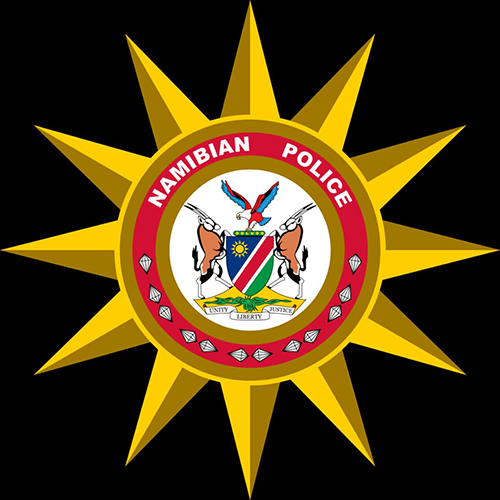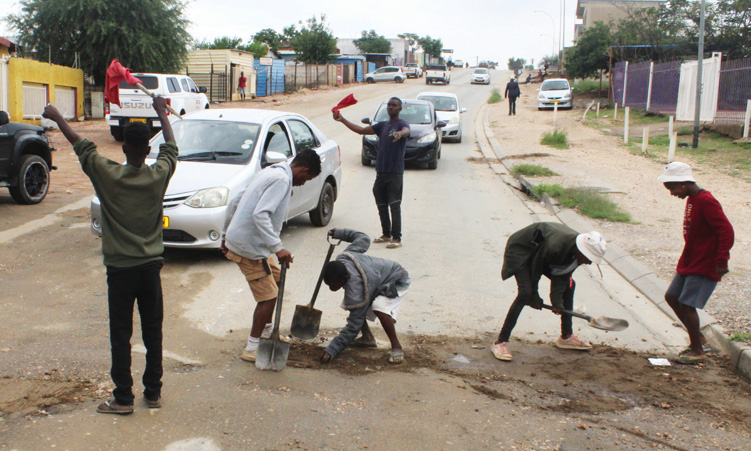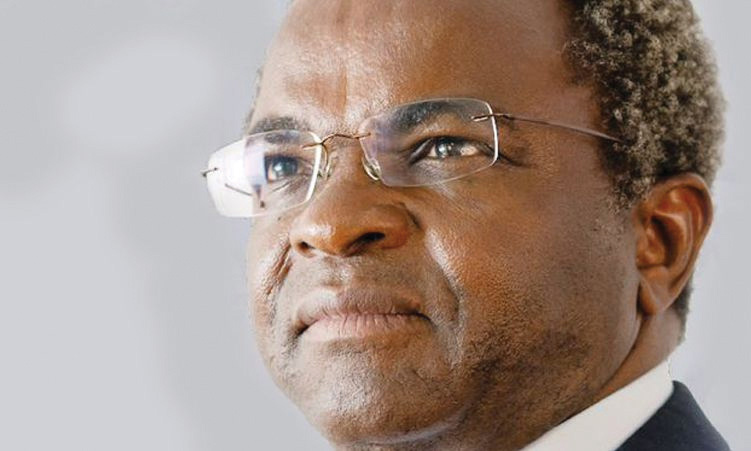THE ruling Swapo Party has entered cyberspace by launching its own website on Tuesday.
Swapo is only the third party in Namibia with an active website. The oldest existing party in Namibia, Swanu, earlier this year quietly started an impressive Internet site publishing its policy papers, 2009 election manifesto, official position on several topics and contact details for its top leadership. The Rally for Democracy and Progress (RDP) has had a website for more than a year now and has uploaded its policy documents, position papers on national topics and its 2009 election manifesto. The RDP, the first political party this year to launch its manifesto, has an online archive of all its press releases. Also available are a number of speeches of its leaders and a photo and video gallery of party events and rallies.Similarly, Swapo appears to have realised that modern information and communication technology will attract more young voters, especially the much-touted ‘born frees’, Namibians born after Independence in 1990, who are eligible to vote for the first time this year. The Swapo Party Youth League used to have its own website but it had limited capacity.PREPAREDTO CHATInternet users can now blog and chat online with Swapo with just a mouse click or two, party Secretary General Pendukeni Iivula-Ithana said at the website launch.’Swapo has resolved to remain in sync with the people, who will have information at their fingertips through the Internet,’ Iivula-Ithana said. ‘Via this platform we intend to remain available to account for our actions and to explain our policies and programmes … access to information by the rank and file of the mighty Swapo Party will re-invigorate democracy and not only within our party, but also in Government and society.’The Swapo website creates an information highway bridging the digital and information divide for so many of our people who can now tap into a reliable source of information to also counter the negativity being circulated by the already established media houses and retrogressive forces.’ The Secretary General promised Swapo would now be ‘reachable 24 hours around the clock’ – online, telephonically and physically in the party offices. Iivula-Ithana however warned potential visitors to the website not to use the party’s new digital platform as a tool for ‘hate and discrimination’. ‘Swapo is an organisation for all, young, old, pink, blue, white and black, male and female, wealthy or modest, and as such we should protect our heritage,’ she urged, ‘Do not be surprised if you find me in some of the chat rooms.’The young [people] are regular users of the internet. They twitter, they blog and they use other platforms to chat,’ Iivula-ithana said.The website is the brainchild of Swapo’s Think Tank, proudly described as ‘our intellectual cream of the party’ by Iivula-Ithana.A lot of information has been uploaded already, like the names of the Politburo and Central Committee members, the party history and biographies of its top leaders, but some categories – such as Swapo’s stance on the economy, education and rural development – are still under construction. The home page is lively and interactive and offers users the opportunity to start their own blogs. Important documents like congress resolutions, the recently published review of the 2004 election manifesto and the party constitution are now all available on the Swapo website. There is also a comprehensive photo gallery covering nearly five decades of Swapo history plus several video clips of recent Swapo gatherings, which make repeated site visits to www.swapoparty.org interesting.LINKEDSwanu and Swapo both have an online membership application form and encourage donations to the party by displaying their banking details. A link to the Swapo archive and research centre, which requires registration, has much in store for those interested in Namibia’s liberation struggle between 1960 and 1989.The Swapo site further has links to the video channel Youtube and to the social online network Facebook.Apart from Swanu, Swapo and the RDP, other political parties in Namibia have been slow to embrace modern technology. The CoD had a website back in 1999, when the party was established, but it fizzled out during the 2004 elections and has been dormant since then.The DTA started a website just before the 2004 elections but it was defunct shortly afterwards. About two weeks ago, the DTA at least started an e-mail newsletter. The Monitor Action Group (MAG) only has an e-mail newsletter but no website.Nudo, the Republican Party (RP), United Democratic Front (UDF) and the Namibian Movement for Democratic Change (NMDC) don’t have websites either. Some young Nudo members have their own Facebook site, where they occasionally report on party meetings and publish photos of party functions.brigitte@namibian.com.na
Stay informed with The Namibian – your source for credible journalism. Get in-depth reporting and opinions for
only N$85 a month. Invest in journalism, invest in democracy –
Subscribe Now!










